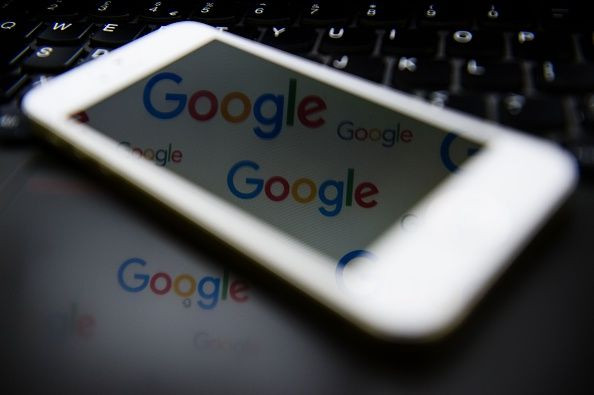As Apple Heads Higher In Phone Pricing, Google Looks To The Middle

All of the growth in Apple's (NASDAQ:AAPL) iPhone revenue over the past year or so has been attributable not to growing unit volumes but rather to price increases. When factoring in larger displays and more storage options reaching as high as 512 GB, a maxed-out iPhone XS Max can set you back nearly $1,500 -- before you even consider AppleCare+, a case, taxes, or service costs. That's helped Apple drive iPhone average selling prices (ASPs) to record levels approaching $800. Meanwhile, the company also discontinued its most affordable iPhone, the $350 iPhone SE.
This article originally appeared in the Motley Fool.
New iPhone price graph. (The stairway to heaven.) Use this to estimate where ASP is going. pic.twitter.com/TQUx84osM5
— Horace Dediu (@asymco) September 13, 2018
As Alphabet (NASDAQ:GOOG) (NASDAQ:GOOGL) subsidiary Google continues to ramp up its own hardware business, which will likely generate $3 billion in profits this year, the search giant is looking to head the other way.
"Lite" versions incoming
While the latest Pixel 3 is a compelling product, many were surprised that Google priced it at $800 at launch ($50 more expensive than the iPhone XR). Promotional activity has brought down the Pixel 3 price tag in the months since, but Google is now preparing to release proper midrange versions of the Pixel 3 and Pixel 3, according to Android Police. Prototype images and computer renderings of the Pixel 3 and Pixel 3 "Lite" have leaked in recent months, and the search giant is targeting a spring 2019 launch on Verizon, according to the report.
The "Lite" models are expected to feature a midrange processor from Qualcomm, potentially a Snapdragon 670 or 710, compared to the regular Pixel 3's Snapdragon 845. The smaller Pixel 3 Lite should have a 5.5-inch display, similar to the regular Pixel 3, while the Pixel 3 XL Lite will have a 6-inch display, slightly smaller than the Pixel 3 XL's 6.3-inch display. There will even be a headphone jack for nostalgists.
It's unclear where Google will price the devices, but the rumored specs position the devices squarely in midrange turf.
Moving on down
If true, launching midrange phones would represent a significant effort to grow unit volumes in its hardware business by targeting more affordable price points. Historically, Google has been hesitant to compete too aggressively, as it risks alienating third-party hardware partners that represent the vast majority of Android volumes. At the same time, competition in the midrange segment of the smartphone market has been intensifying, with companies like OnePlus gaining ground in the U.S. market.
Even if margins are thinner on midrange devices, Google can still leverage a growing installed base of its own Pixel-branded devices for ongoing development of artificial intelligence (AI) technologies while strengthening its growing ecosystem of hardware products. Android is an open platform, but Google is still designing its gadgets to work more seamlessly together.
Expanding downmarket could be a strong move to grow Google's handset business.
Suzanne Frey, an executive at Alphabet, is a member of The Motley Fool's board of directors. Evan Niu, CFA owns shares of Apple. The Motley Fool owns shares of and recommends Alphabet (A shares), Alphabet (C shares), and Apple. The Motley Fool owns shares of QCOM and has the following options: long January 2020 $150 calls on Apple and short January 2020 $155 calls on Apple. The Motley Fool recommends Verizon Communications. The Motley Fool has a disclosure policy.





















